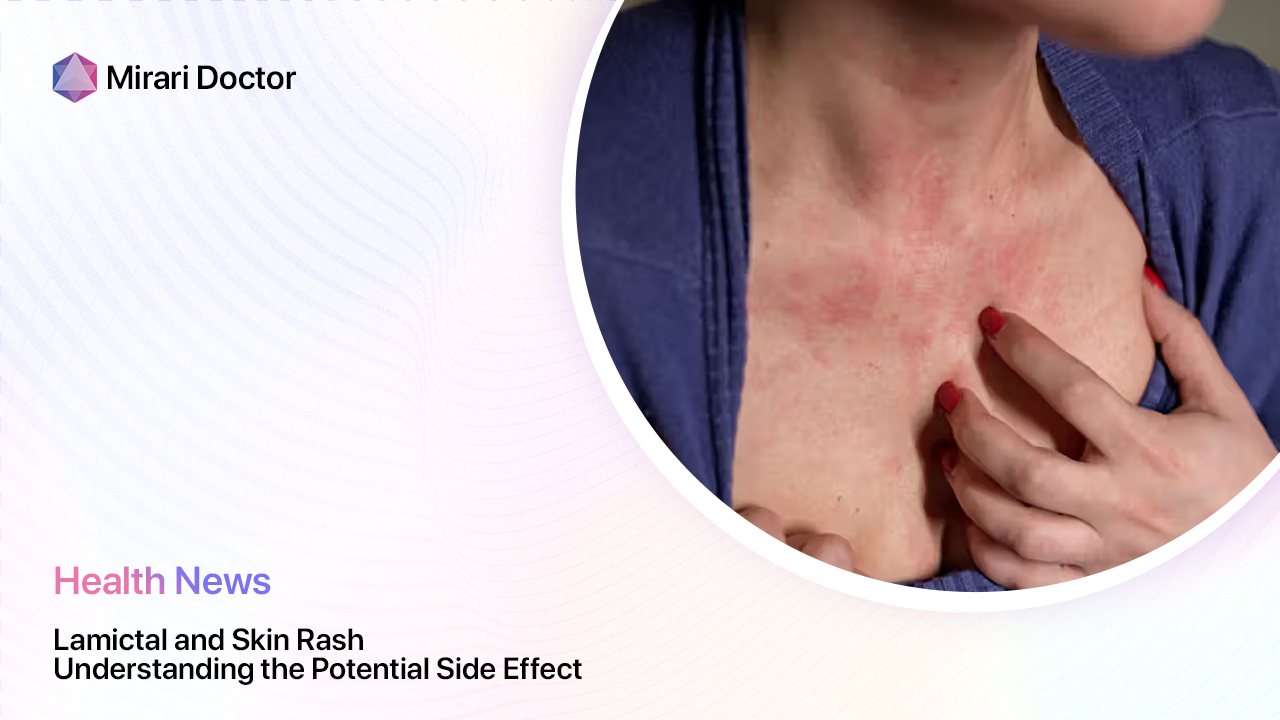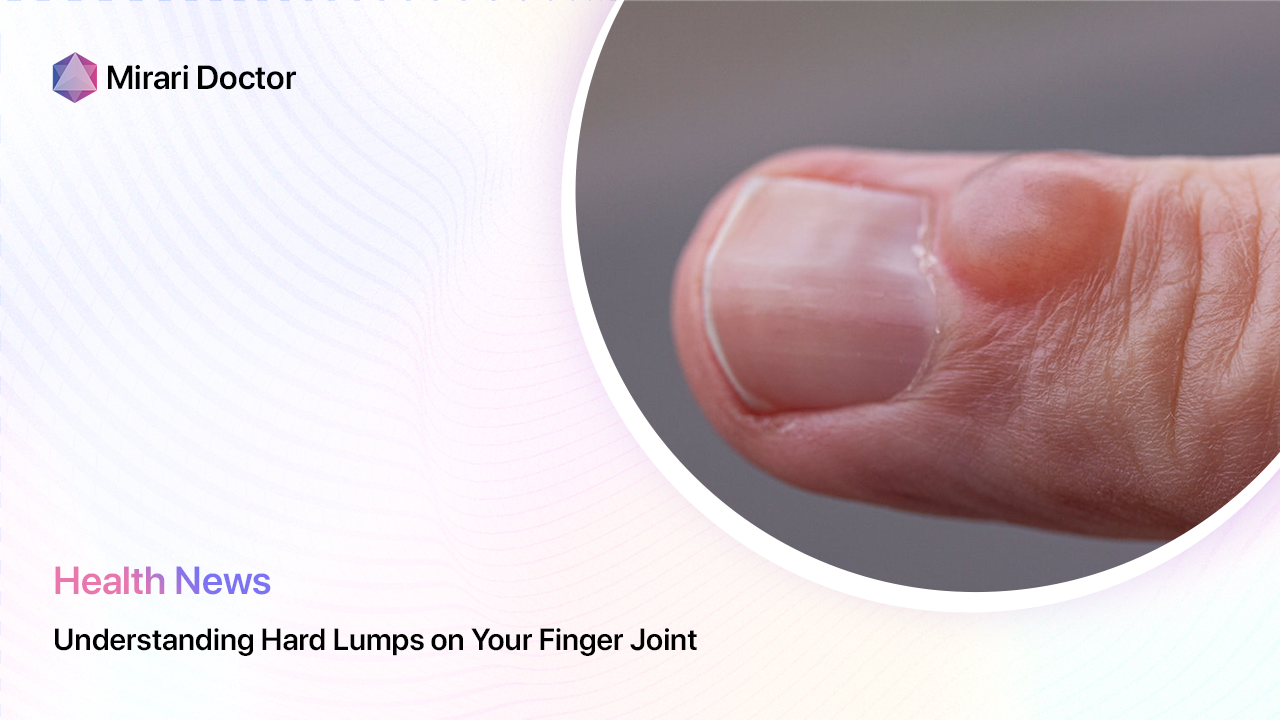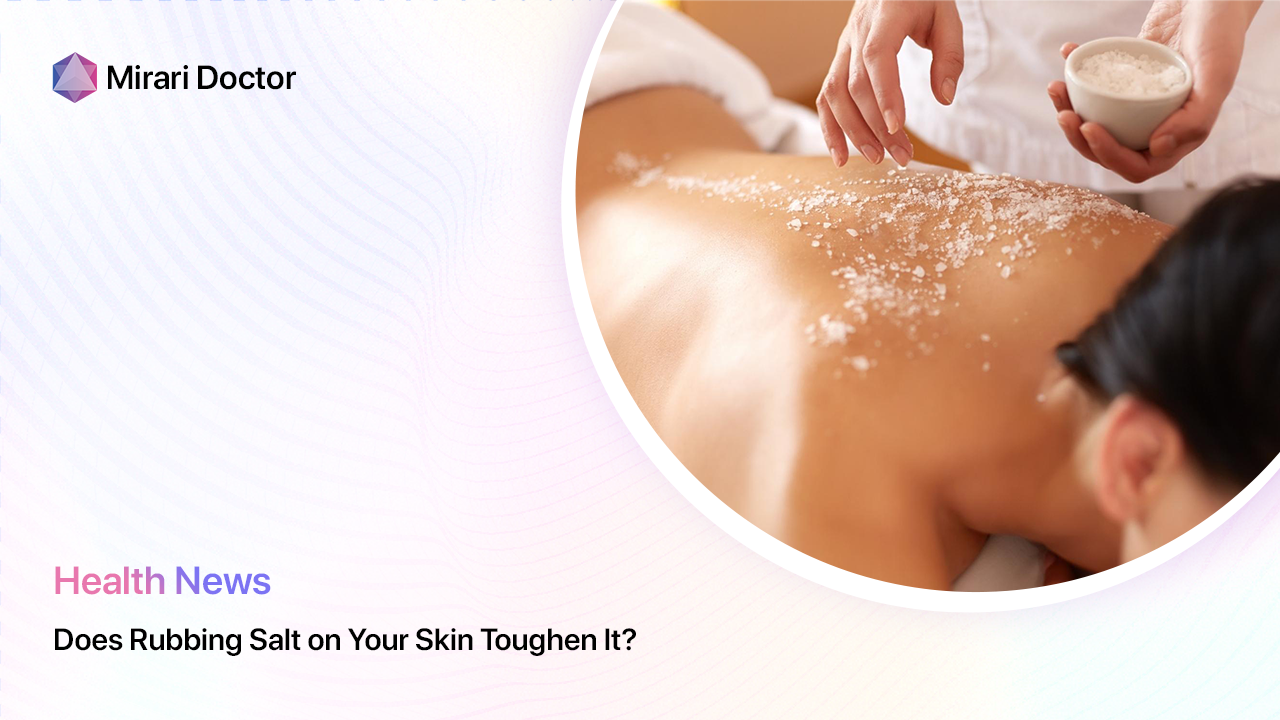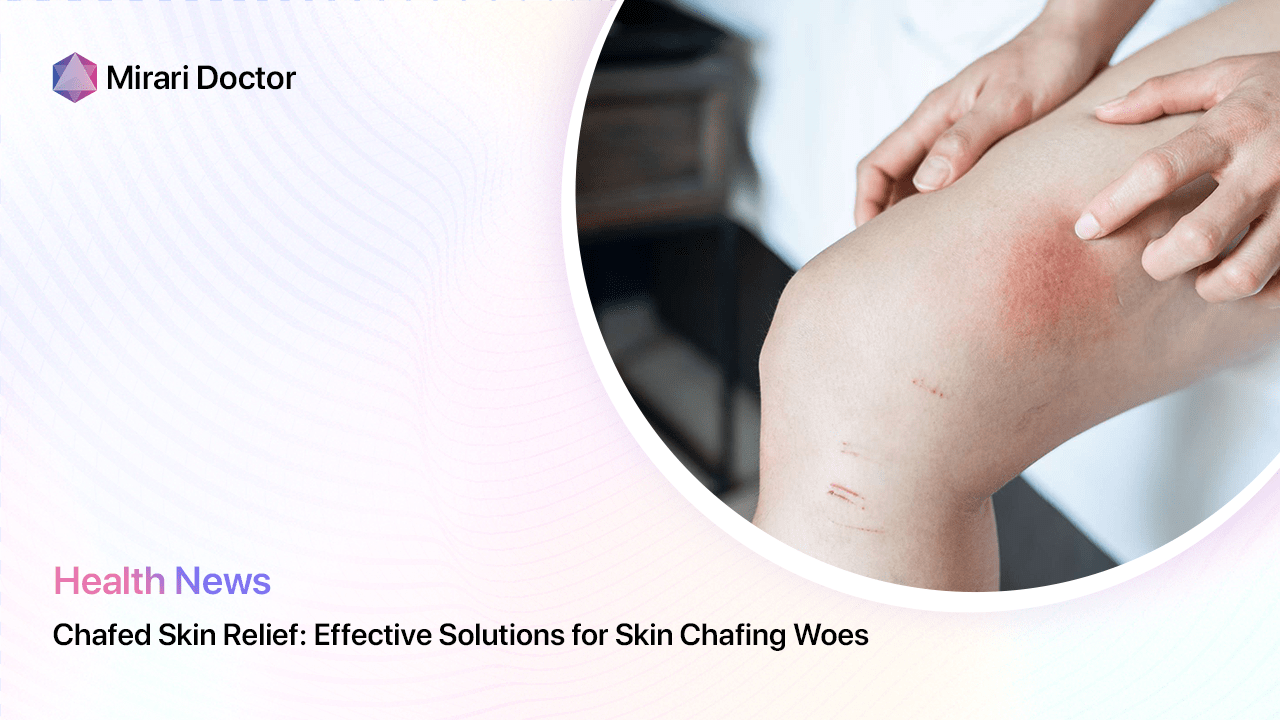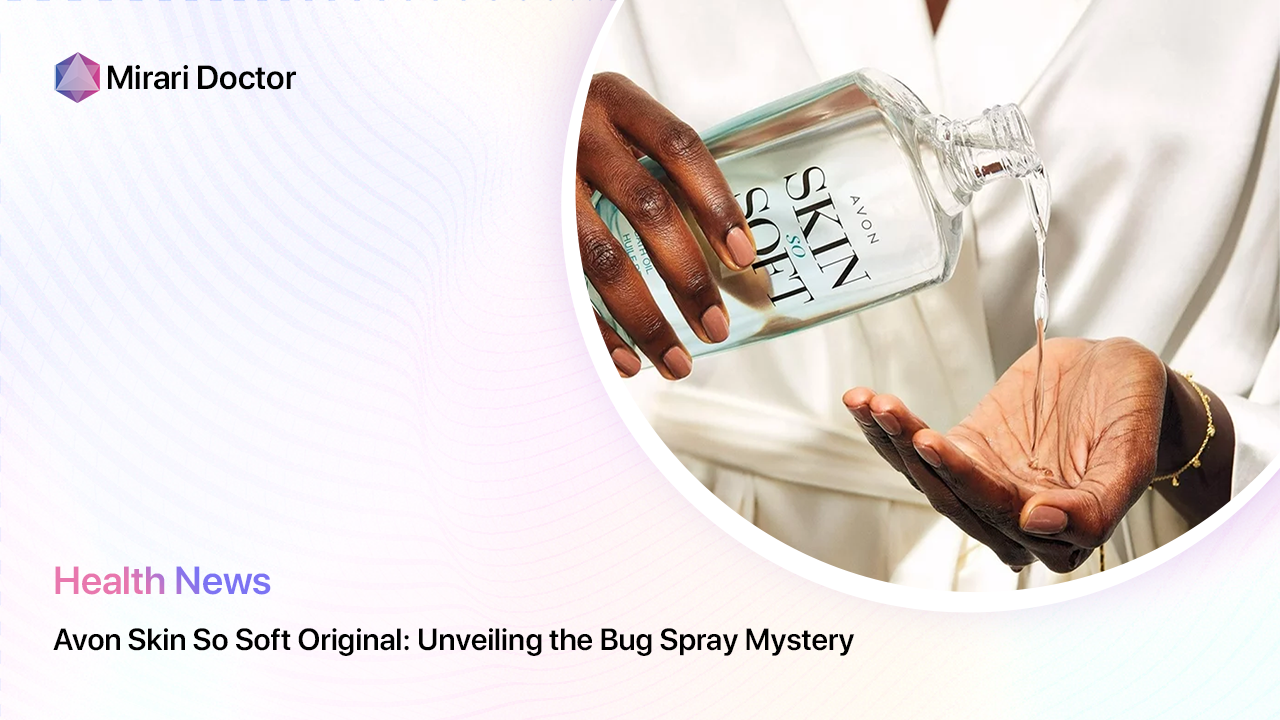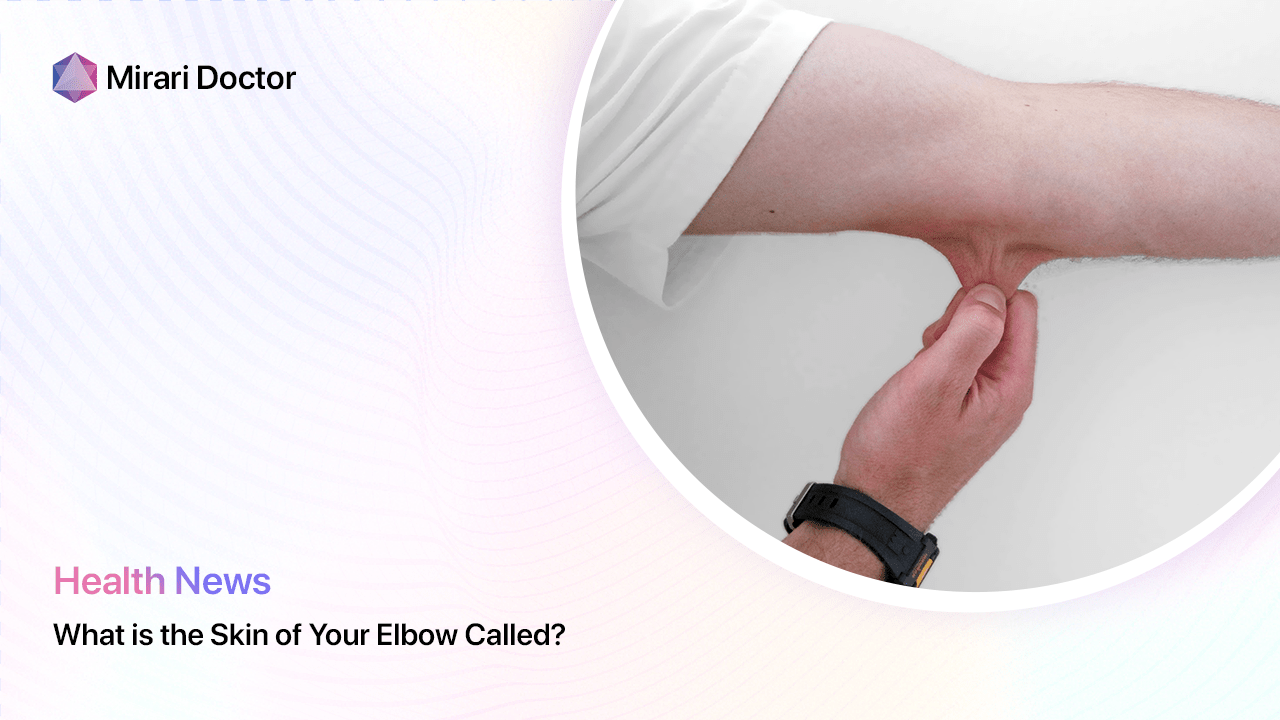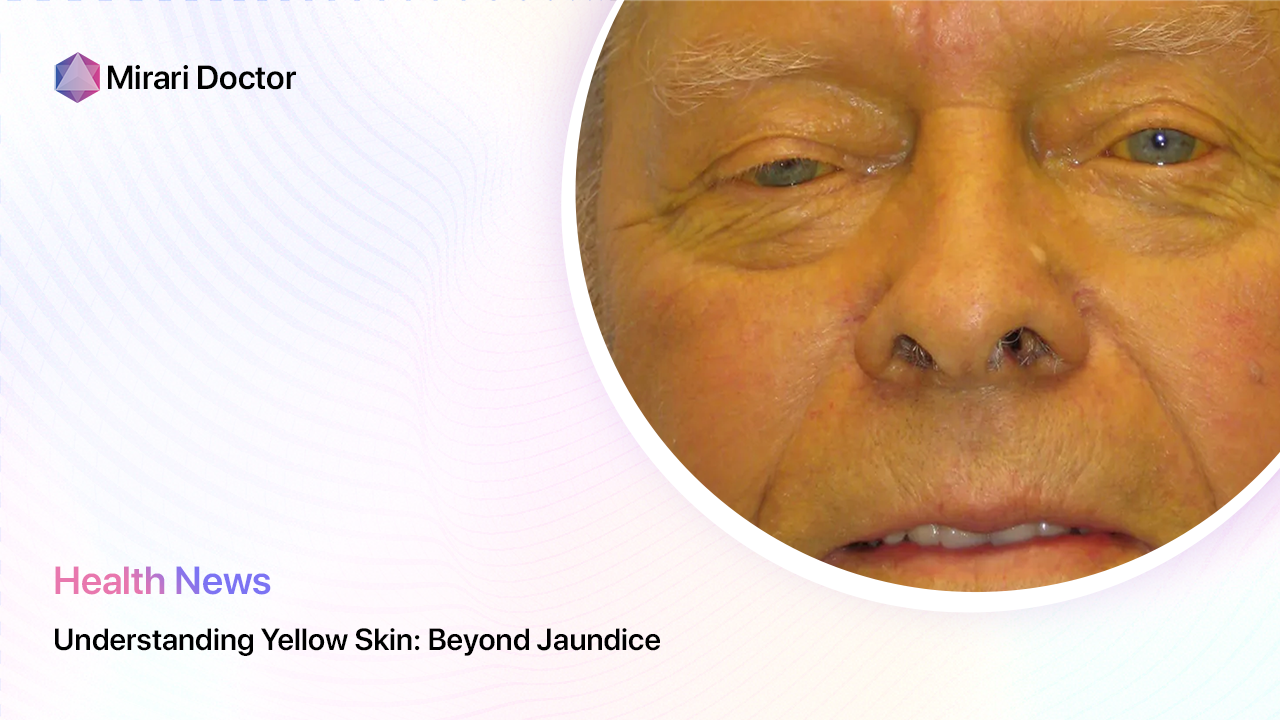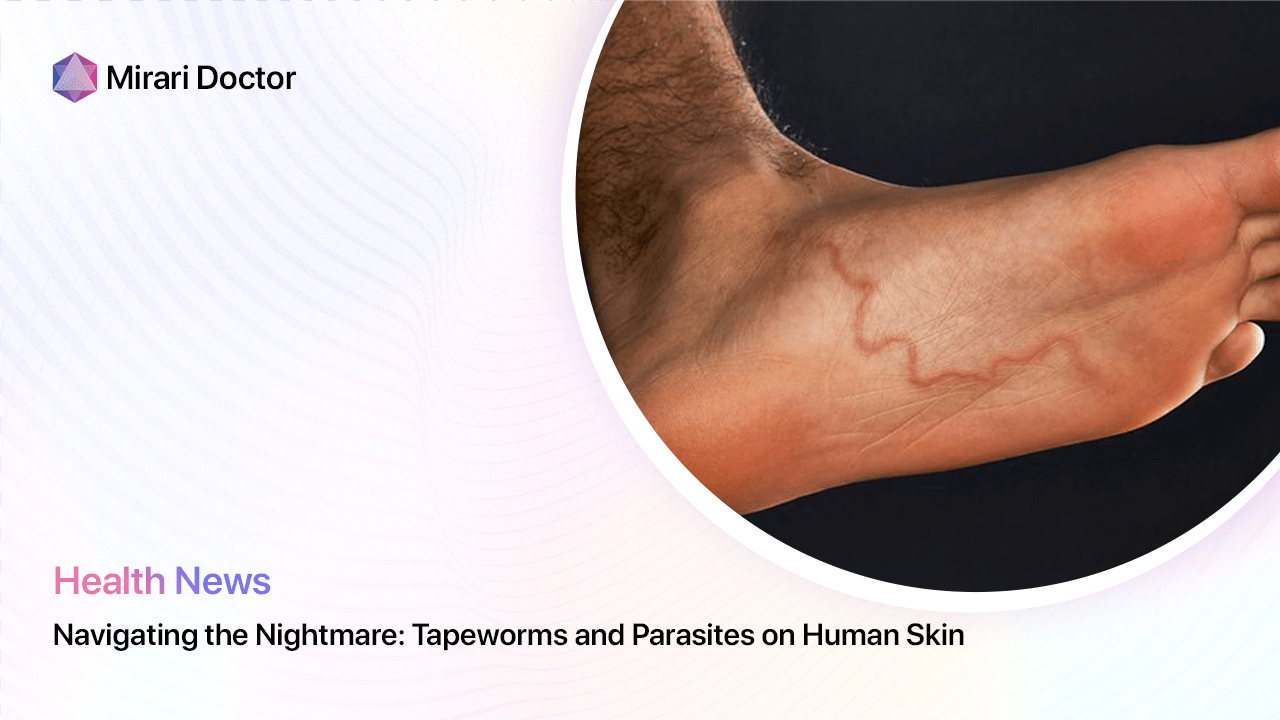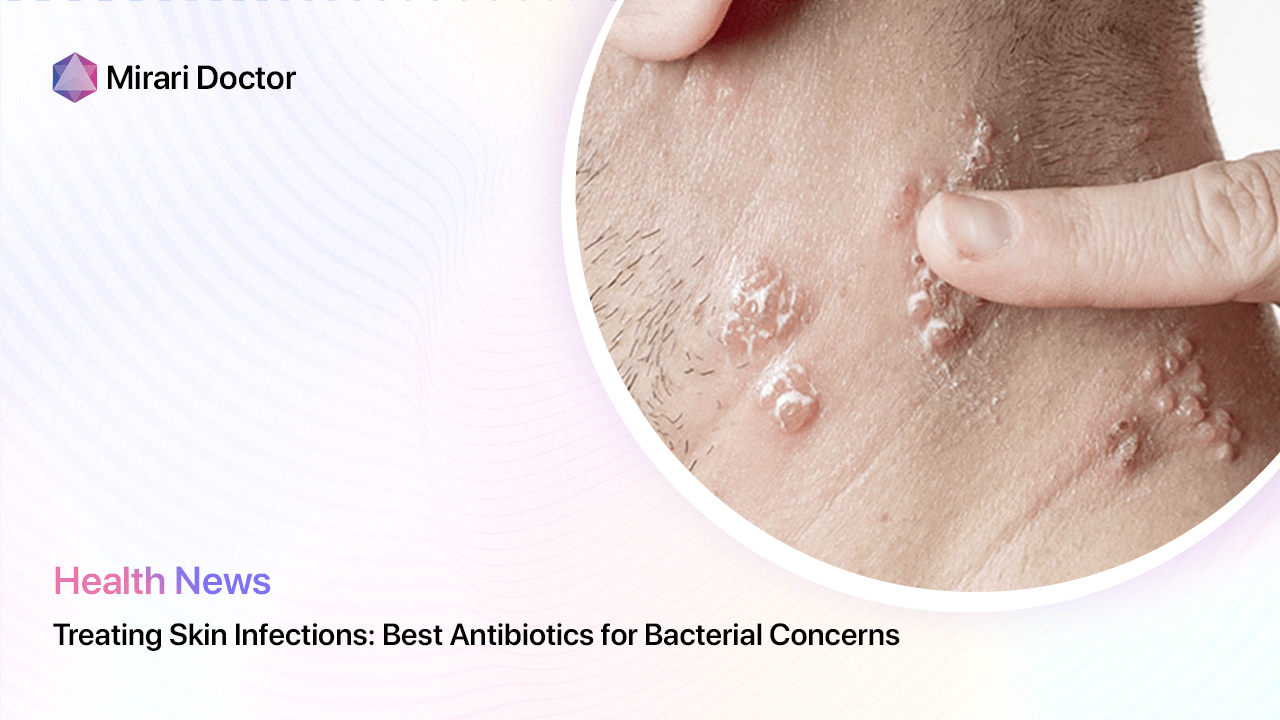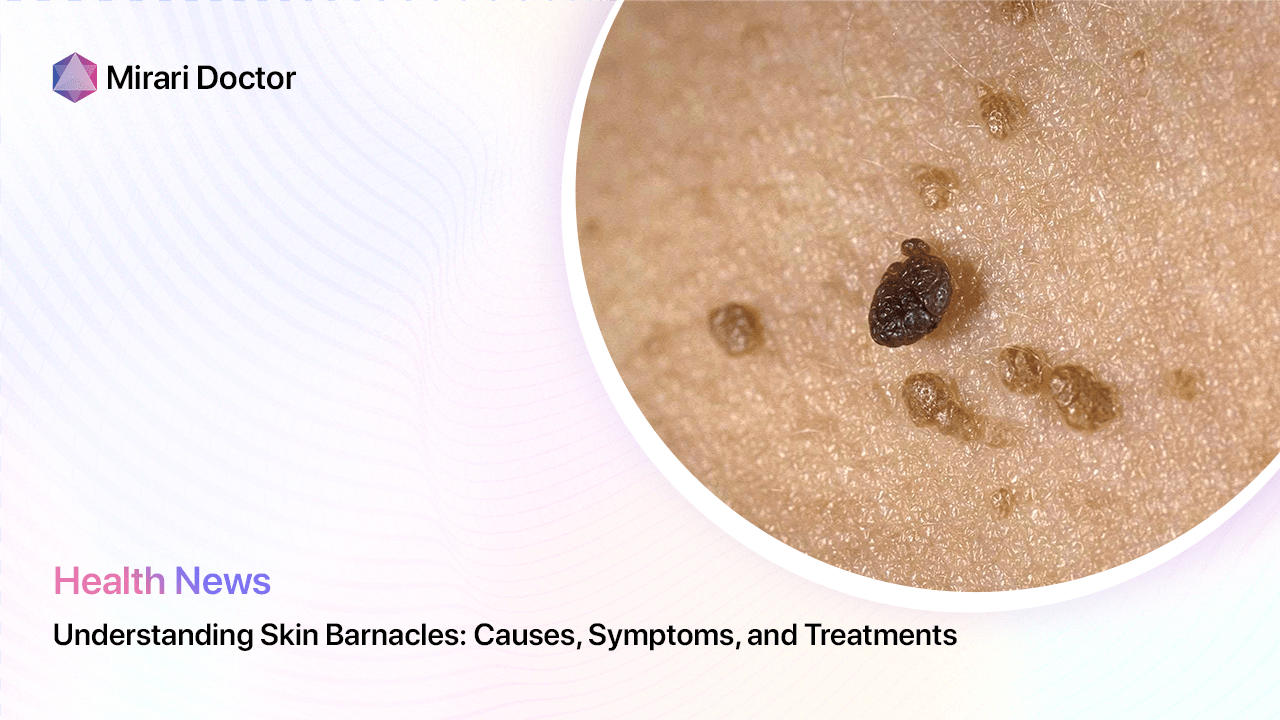
Barnacles on skin, also known as skin barnacles, are common benign skin growths that can affect people as they age. We will comprehensively explore skin barnacles by leveraging medical research and insights from dermatology experts.
What are Barnacles on Skin?
Skin barnacles, known medically as seborrheic keratoses, are benign skin growths that appear stuck on the surface of the skin. They are often waxy or scaly in texture and vary in color from tan to brown or black. Skin barnacles tend to grow slowly over months or years.
While harmless, skin barnacles can sometimes cause aesthetic concerns, especially if they occur on visible areas like the face, neck, or hands. As we will explore throughout this post, properly diagnosing and determining the best course of action is important when managing barnacles on skin.

Key Facts and Insights on Skin Barnacles
As we dive deeper into skin barnacles, let’s first ground ourselves in some key facts and medical insights based on dermatology research:
- Skin barnacles are benign – They are non-cancerous skin growths, despite sometimes appearing unusual.
- Associated with aging – Skin barnacles tend to form more commonly in older adults, as part of the skin aging process.
- Slow growing – Small skin barnacles may grow gradually larger over years. Monitoring changes is recommended.
- Can affect appearance – The warty, rough, or discolored appearance can be of aesthetic concern.
- Treatment options available – From creams to cryotherapy, options exist for removing skin barnacles.
- Biopsy sometimes needed – Sampling of skin may help rule out skin cancer if the diagnosis is uncertain.
Gaining a strong grasp of these foundation concepts surrounding skin barnacles prepares us to now explore more in-depth.
Common Clinical Presentations of Skin Barnacles
What do skin barnacles look like? There are a few hallmark clinical presentations that dermatologists look for:
- Waxy, stuck-on appearance – Skin barnacles can be flat but often have a waxy, raised texture.
- Varied coloration – They can be tan, brown, black, or even pink or red if irritated.
- Distinct border – Skin barnacles tend to have a well-defined edge and appear “stuck on” the skin surface.
- Rough surface texture – They are sometimes have a coarse, granular, or warty texture.
- Slow growth – Small skin barnacles may gradually get bigger in size over months or years.
- Occur in sun-exposed areas – Common on the face, neck, décolletage, hands, and arms that receive regular sun exposure.
Familiarity with the range of presentations helps distinguish benign skin barnacles from potential skin cancers during diagnosis.
Are Skin Barnacles Dangerous or Cancerous?
While skin barnacles have an unusual appearance, they are considered harmless (benign skin growths). This means they are non-cancerous tumors that do not invade deeper tissues or spread to other parts of the body.
However, some key factors should prompt careful examination, such as:
- Change in size/color – Rapid growth or changes may require further evaluation.
- Bleeding – Skin barnacles typically don’t bleed, which may indicate an abnormality if present.
- Other symptoms – Itchiness, tenderness, or pain could signal problems.
Biopsy involves sampling of skin cells that are then analyzed under a microscope. Biopsy can help provide a definitive diagnosis if skin cancer is suspected.

What Causes Skin Barnacles to Form?
Skin barnacles result from overgrowth of skin cells named keratinocytes in the outer layer of skin or epidermis. Specifically, it occurs due to:
- Acanthosis – Thickening of the epidermis
- Papillomatosis – Formation of nipple-like protrusions
- Hyperkeratosis – Excessive buildup of keratin proteins
Research suggests that ultraviolet radiation and aging can trigger these abnormal changes in keratinocytes. Older adults tend to develop skin barnacles more frequently as their skin shows cumulative sun damage over time.
Who Gets Skin Barnacles?
While people of any age can develop skin barnacles, they tend to occur more commonly in older adults over 50 years old. Sources estimate up to 83% of elderly people have at least one skin barnacle.
Skin barnacles also frequently arise in areas with chronic sun exposure, especially the:
- Face
- Neck
- Chest
- Shoulders
- Backs of hands
Fair skin is another risk factor, as less protective melanin pigment predisposes skin to sun damage linked to these lesions.
How Are Skin Barnacles Diagnosed?
Dermatologists base diagnosis of skin barnacles on clinical examination and evaluation of symptoms:
- Visual inspection – Examining characteristics like size, texture, and color
- Tactile assessment – Feeling for signs like roughness or tenderness
- Patient history – Gathering information about rate of growth and associated symptoms
Dermoscopy may supplement the exam – this involves using a specialized magnifying lens and light to visualize skin structures in greater detail.
Skin biopsy is occasionally performed to confirm diagnosis, typically if signs are atypical or suggestive of a more serious skin condition. Analyzing a small sample of the skin growth under a microscope can provide definitive diagnosis.
Available Treatment Options for Skin Barnacles
While not medically necessary, treatment of skin barnacles may be appropriate for cosmetic reasons or if they bleed, itch, or become irritated. Options range from topical creams to surgical procedures:
- Topical creams – Prescription products like fluorouracil, imiquimod, tretinoin, and diclofenac can help remove lesions.
- Cryotherapy – Liquid nitrogen freezes and destroys abnormal skin tissue, allowing skin barnacles to gradually peel off.
- Curettage – Scraping away growths using a special surgical instrument.
- Electrodessication – Burning skin lesions with an electrical current to remove them.
- Laser therapy – Precisely targeting pigmented lesions with specialized surgical lasers.
- Excisional surgery – Cutting out skin barnacles during an office or outpatient procedure. Stitches may be placed to close the wound.
With all methods, risks like pain, scarring, infection, or recurrence should be discussed with the dermatologist or skin surgeon beforehand.
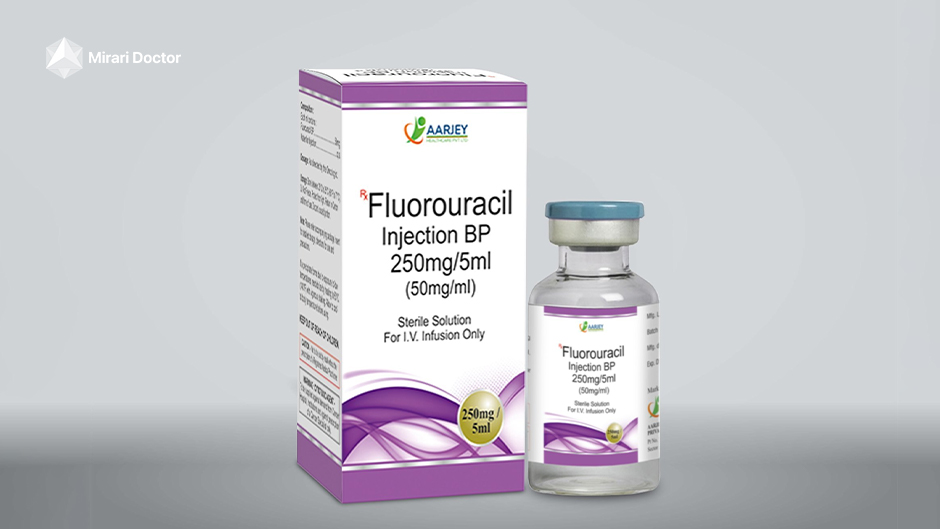
Can Skin Barnacles Be Prevented?
While new skin barnacles may form over time, certain preventative steps can reduce your overall risk:
- Wear sunscreen daily, even in winter or on cloudy days
- Cover up with protective clothing like hats and long sleeves
- Avoid excessive sun exposure by seeking shade
- Inspect your skin monthly for any new or changing growths
- See your dermatologist annually for full body skin cancer screenings
Catching new skin barnacles early when they are small and easier to treat can also help optimize outcomes.
Compare Skin Barnacles to Other Benign Skin Growths
Seborrheic Keratosis vs Actinic Keratosis
Actinic keratoses also result from sun damage but may potentially progress to squamous cell skin cancer if left untreated. These scaly crusts or patches warrant evaluation to rule out precancerous changes under the microscope.
Skin Barnacles vs Skin Tags
Skin tags are harmless, fleshy skin flaps that arise frequently in fold areas on the body like the neck, underarms, and groin. Though unsightly, these can be removed for cosmetic improvement.
What’s the Difference from Moles?
Moles, also known medically as nevi, appear as small brown spots on the skin that are present since birth or develop later in childhood/adulthood. Monitoring moles for any changes is prudent to ensure they are benign.
FAQs: Common Questions About Skin Barnacles
What do skin barnacles look like?
Skin barnacles are benign warty or scaly skin growths that appear stuck on the skin surface. They have distinct edges and come in colors like brown, black, tan, red, or pink.
Are skin barnacles dangerous?
No, skin barnacles are harmless growths. But it’s important to point out any new, changing, bleeding, or symptomatic skin lesions to your dermatologist.
Do skin barnacles need treatment?
Skin barnacles only require treatment if they bleed, itch, become irritated, or are cosmetically bothersome. Various methods like creams, cryotherapy, or laser can remove lesions.
What causes skin barnacles?
Skin barnacles arise from overgrowth of skin cells called keratinocytes. Sun exposure and skin aging are major contributing factors to their development.
How can I prevent skin barnacles?
Using daily sun protection, avoiding excessive sun exposure, performing monthly skin self-checks, and scheduling annual skin exams are vital for reducing your risk of skin barnacles and other lesions.
In Summary: Key Takeaways
- Skin barnacles are benign warty lesions that frequently affect older adults
- Clinical signs like slow growth and waxy appearance help identify them
- Biopsy can help diagnose atypical or symptomatic skin barnacles
- Various treatments exist for removing skin barnacles if desired
- Sun protection and skin awareness play a key role in preventing lesions
Understanding the fundamentals about common skin barnacles allows for better management. Being proactive with sun defense, skin checks, and dermatology care remains essential for optimal health as we age.
Related articles
Made in USA


